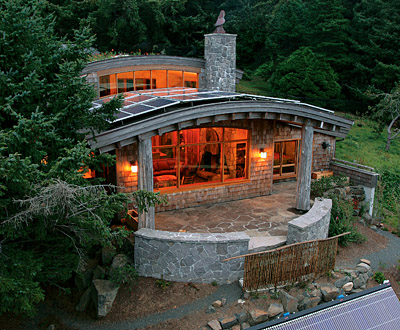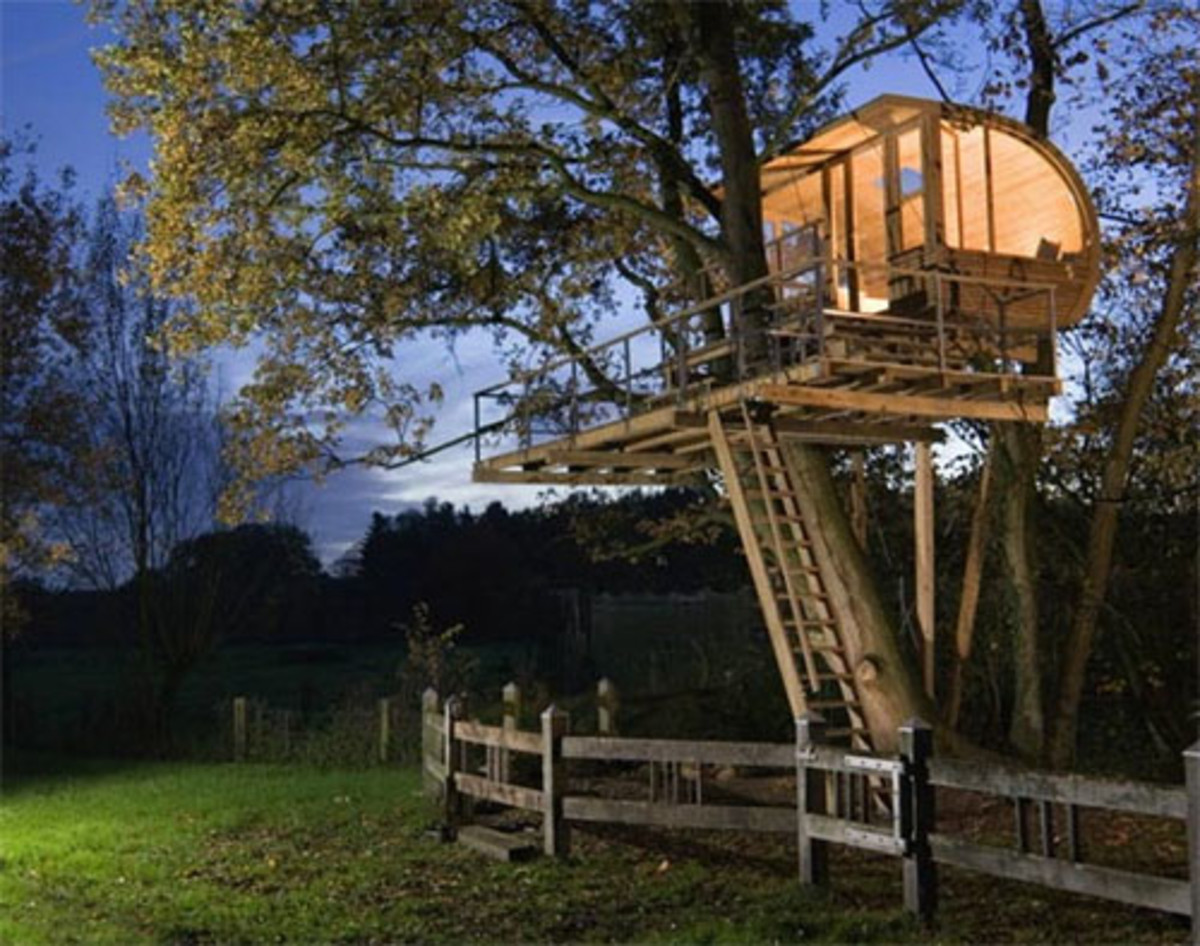Alternative Home Building: Overview of the Issue

As the number of people in the world continues to grow at what many agree is an alarming rate, we have become increasingly aware that we are running out of space to keep everyone sheltered. And it is not just space that we are running out of; we are running out of the materials are available to build new homes. Awareness of this problem has created a trend toward decreasing our negative impact on the environment and the communities we live in. This has led toward building smaller homes and homes that are more energy-efficient and earth-friendly. Starting from the ground up, alternative home building is a conscious approach to improving our daily lives.
Throughout the last century or so, we have caused a great deal of damage to the environment as a direct result of our rapid building throughout the world. The United States has played a significantly large role in creating this problem, as growth and development in this nation has far exceeded that of the other countries in the world. The standard practices employed in the construction of buildings and home developments has led to significant depletion of resources, as well as pollution damage and excessive waste, which is further harming the planet.
Much of this problem has been caused by the fact that the United States has adopted a “throwaway” mentality in which we use resources quickly and discard them just as quickly. In terms of home building, standard construction produces a significant amount of waste. In addition to the waste that comes out of the construction site itself at the time of building, there is additional waste produced by the home over time. Materials used for home building in the last century have often not been designed to last and so they require replacement, with the old materials being discarded. This waste is eating up space in our landfills and creating a negative impact on the environment.
In the past few decades, we have become increasingly aware of this problem. People today are working to remedy the damage that has been done in the past and to prevent similar damage from occurring in the future. Green building has become an area of interest to both individuals and larger corporations. This kind of building makes use of natural materials and recycled materials in a way that discourages wastefulness and encourages sustainability. Alternative home building focuses on the “now” in the sense that it works to use materials that are kind to the earth immediately. It also focuses on the “future” in the sense that the materials are designed to be durable and to limit future waste.
Although attention to alternative home building methods has been increasing over the years, there are still a significant number of people who are not employing green practices in their building. This is due to a number of reasons. One is that many people still remain unaware of the potential harmful effects they are creating through their construction. Another is that people are concerned about the costs of alternative home building. This is particularly true for large developments. These developments produce massive amounts of waste, often enough to create entire new homes from what is discarded on the site. However, the construction companies lose money by trying to recycle that material because of the labor cost required to repurpose the materials. As such, in the interest of their bottom line, they continue to discard this material.
As the years have gone on, more companies have become aware of this problem. Changes in society have also affected the amount of concern that companies and individuals have regarding this issue. Rising energy prices and an increased awareness of the problems plaguing the earth due to our “throwaway mentality” have led to the desire to seek out new solutions that are cost-effective for both companies and individuals. Supply and demand is often what drives innovation and we are seeing an increasing demand for alternative home building methods and materials to be employed in our home construction. However, it is going to take every individual effort possible to make this transition. Eventually, perhaps, we will see the “alternative” label fall away and this sort of efficient and forward-thinking building will be the norm. For now, it remains something being done by a small, but growing, population. The first step towards changing this is to raise awareness of the need for alternative home building as well as the options currently available for building green.









